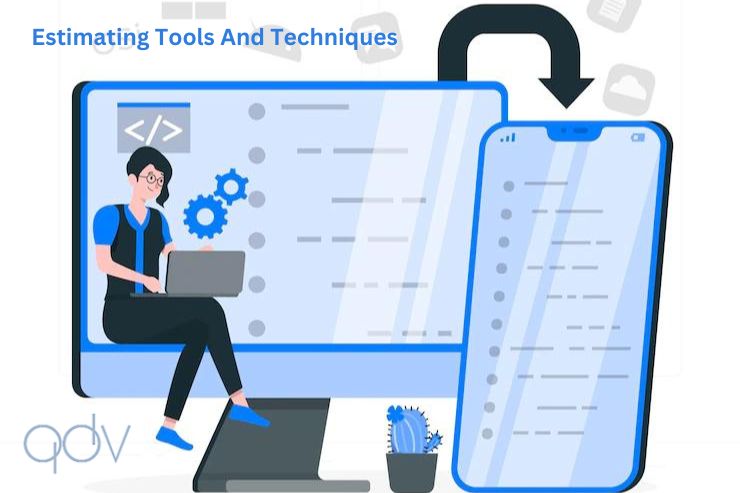Cost estimates must be accurate for all projects. Without a cost estimate, it is hard to create a business strategy, develop precise budgets, forecast resource needs, or control project expenses. The Project Cost Engineer employs one or a combination of the following project estimation tools and techniques to estimate project costs:
Methods of Project Cost Estimation
- Expert Judgment
- Analogous Estimating
- Parametric Estimating
- Bottom-up Analysis of Three-point Estimating Data
- Alternative analysis
- Reserve analysis
- Project Management Information System
- Decision Making
1) Professional Judgment Method
Individuals or organizations with particular knowledge or training in team and physical resource planning and estimation should be evaluated by Estimating Tools And Techniques for their expertise. Expertise, led by historical data, gives useful insights into the environment and previous initiatives of a similar nature. Expertise may also be utilized to assess whether to integrate different estimating approaches and how to resolve their disparities.
2) Analogous Estimating Method
Analogous project cost estimation tool employs the values such as scope, cost, budget, and duration or measurements of scale such as size, weight, and complexity from a prior, comparable project to estimate the same parameter or measurement for the present project. This approach for estimating costs uses the actual costs of similar former projects as the foundation for calculating the cost of the present project. It is most trustworthy when the past projects are similar in substance, not just in appearance, and when the members of the project team making the estimates have the necessary knowledge.
3) Method of Parametric Estimation
The use of an algorithm or a statistical link between historical data and other factors (e.g., square footage in construction) to calculate resource quantities required for an activity based on historical data and project characteristics is known as parametric estimating.
4) Bottom-up Method of Estimation
In the Bottom-up estimation approach, team and physical resources are estimated at the activity level and then aggregated to create estimates for work packages, control accounts, and the overall project. Bottom-up estimation is a technique for estimating a job component. The cost of particular work packages or activities is estimated with the most specificity possible. For further reporting and monitoring reasons, the specific cost is subsequently summed or rolled up to higher levels. The quantity and complexity of each individual activity or work package often influence the cost and precision of bottom-up cost estimation.
5) Three-Point Estimation Technique
Consideration of Project Estimation Tools uncertainty and risk, as well as the use of three estimations to generate an estimated cost range, can increase the precision of single-point activity cost estimates.
• Most probable (M): The cost of the activity, based on a reasonable effort estimation for the necessary work and any anticipated charges.
• Optimistic (O): The cost of the activity based on an examination of its best-case scenario.
• Pessimistic (P): The activity cost is based on a consideration of the activity’s worst-case scenario.
6) Data Analysis Procedure
This approach employs a variety of data analysis techniques, including but not limited to alternative analysis. Alternatives analysis is utilized to examine discovered possibilities in order to determine the options or methods to be employed for project execution and completion. Alternatives analysis aids in determining the optimal alternative for carrying out the project’s activities within the limits set.
Instead of overestimating each expense, funds are allocated to accommodate unanticipated but statistically foreseeable cost increases. The funds set aside, for this reason, are referred to as contingency reserves.
7) Method for Project Management Information System
Information systems for project management may include resource management software that facilitates the planning, organization, and administration of resource pools and the development of resource estimations.
Depending on the sophistication of the program, multiple resource calendars, resource breakdown structures, resource availability, resource rates, and resource rates may be built to optimize resource use.
8) Methods of Decision-Making
Unanimity, majority, plurality, point allocation, and dictatorship are some decision-making methods. Everyone must concur for unanimity; there is a shared consensus. Typically, a majority or plurality is determined through a vote. For the majority, more than half of the participants must support the choice.


Leave A Comment
You must be logged in to post a comment.